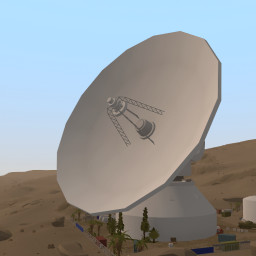Інсталювати Steam
увійти
|
мова
简体中文 (спрощена китайська)
繁體中文 (традиційна китайська)
日本語 (японська)
한국어 (корейська)
ไทย (тайська)
Български (болгарська)
Čeština (чеська)
Dansk (данська)
Deutsch (німецька)
English (англійська)
Español - España (іспанська — Іспанія)
Español - Latinoamérica (іспанська — Латинська Америка)
Ελληνικά (грецька)
Français (французька)
Italiano (італійська)
Bahasa Indonesia (індонезійська)
Magyar (угорська)
Nederlands (нідерландська)
Norsk (норвезька)
Polski (польська)
Português (португальська — Португалія)
Português - Brasil (португальська — Бразилія)
Română (румунська)
Русский (російська)
Suomi (фінська)
Svenska (шведська)
Türkçe (турецька)
Tiếng Việt (в’єтнамська)
Повідомити про проблему з перекладом


 Cyprus
Cyprus 























Critical Mass: The core of a fission bomb contains a subcritical mass of fissile material, such as highly enriched uranium-235 or plutonium-239. To initiate a chain reaction, the core must reach a critical mass, where there is enough material to sustain a self-sustaining nuclear reaction.
Implosion: To achieve critical mass, a fission bomb typically uses an implosion mechanism. Explosives compress the fissile material into a smaller, denser state, increasing its density and triggering the chain reaction.
Neutron Initiator: A small amount of a radioactive isotope, such as beryllium-9 and polonium-210, is placed at the core's center. When the implosion occurs, this neutron initiator emits neutrons, initiating the nuclear chain reaction.